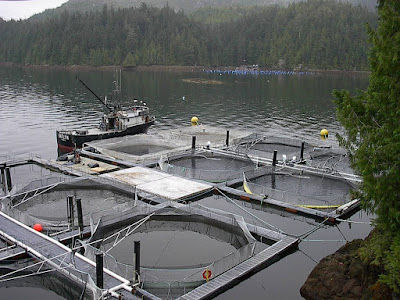Pond Preparation and Management

Pond Preparation and Management Prior to a Pond can be supplied for another product, the extreme squanders, which collect in the pond amid the past harvest, must be evacuated and the dirt and water molded. Developing of shrimp in a disgracefully arranged lake may prompt to trouble in lake administration amid the way of life period, which could bring about a lessening underway limit of the lake. Pond Cleaning The cleaning of a Pond or evacuation of the squanders, particularly the natural and phosphatic squanders that have amassed in the lake base could be, expert by drying, liming and furrowing. In any case, these strategies could in any case leave an unfriendly impact on the water and soil quality in the lake, which could bring about a decline in the generation limit of the lake. There are two strategies for cleaning a lake as per the likelihood of the lake to be dried: Dry Method This strategy is utilized when the pond base can be dried tota





